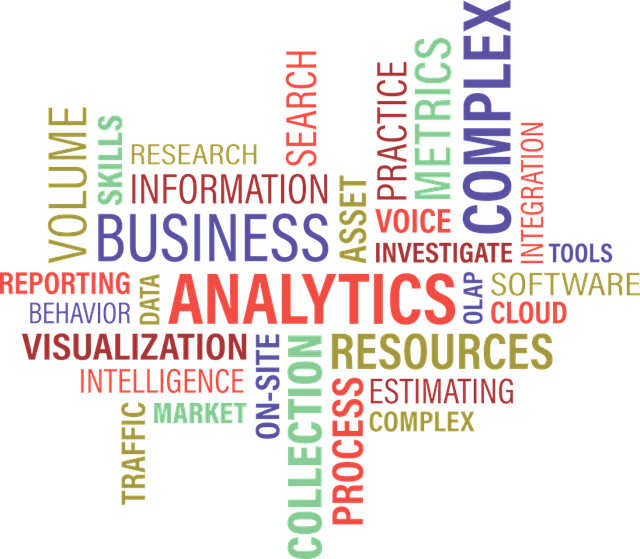Operational analytics is a relatively new field that is gaining traction as businesses realize the value of analyzing data to improve operational efficiency. Operational analytics platforms collect data from various sources and analyze it to identify patterns and trends.
This information can then be used to make better business decisions. In this blog post, we will take a look at 7 fascinating examples of operational analytics in action!
What Is Operational Analytics?
In simple terms, operational analytics is the process of collecting data and using it to improve business operations. Operational analytics platforms are designed to help businesses do just that. These platforms collect data from various sources, analyze it, and provide insights that can be used to improve business efficiency.
So, what are some examples of operational analytics in action? Let’s take a look at seven fascinating examples!
Airlines Use Operational Analytics To Improve On-Time Performance.
Airlines are using operational analytics to improve on-time performance. Historically, airlines have struggled with on-time performance due to several factors, including weather conditions, air traffic control delays, and mechanical problems.
However, by using operational analytics, airlines can identify patterns and trends that can help them avoid delays. As a result of using operational analytics, airlines have been able to improve their on-time performance and save millions of dollars in fuel costs.
UPS Uses Operational Analytics To Improve Delivery Times.
UPS has long been known for its efficiency in delivering packages on time. The company has a saying: “What can brown do for you?” But even UPS is always looking for ways to improve its delivery times. And that’s where operational analytics comes in.
UPS has used operational analytics to study its delivery routes and identify patterns that can help it improve delivery times. UPS has also used operational analytics to study its package handling processes and identify bottlenecks that slow down delivery times. As a result of using operational analytics, UPS has been able to improve its delivery times and provide even better service to its customers.
Walmart Uses Operational Analytics To Improve In-Stock Levels.
Walmart is the world’s largest retailer, with more than 11,000 stores in 27 countries. That’s a lot of products to keep in stock! And ensuring that products are in stock is critical to Walmart’s success.
Walmart has used operational analytics to study its in-stock levels and identify patterns that can help it improve them. Walmart has also used operational analytics to study its supplier deliveries and identify delays that can cause products to be out of stock. As a result, Walmart has been able to improve its in-stock levels and provide even better service to its customers.
Coca-Cola Uses Operational Analytics To Improve Vending Machine Efficiency.
Coca-Cola is the world’s largest beverage company, with more than 500 brands and billions of servings per day. That’s a lot of drinks to dispense! And ensuring that vending machines are dispensing drinks efficiently is critical to Coca-Cola’s success.
Coca-Cola has used operational analytics to study its vending machine efficiency and identify patterns that can help it improve it. Coca-Cola has also used operational analytics to study its vending machine maintenance schedules and identify opportunities for improvement. Using operational analytics, Coca-Cola has been able to improve its vending machine efficiency and provide even better service to its customers.
FedEx Uses Operational Analytics To Improve Shipping Times.
FedEx is a global leader in shipping and logistics, with a network of more than 650 facilities in more than 220 countries and territories. That’s a lot of packages to ship! And ensuring that packages are shipped on time is critical to FedEx’s success.
FedEx has used operational analytics to study its shipping routes and identify patterns that can help it improve shipping times. FedEx has also used operational analytics to study its package handling processes and identify bottlenecks that slow down shipping times. As a result of using operational analytics, FedEx has been able to improve its shipping times and provide even better service to its customers.
Amazon Uses Operational Analytics To Improve Fulfillment Times.
Amazon is the world’s largest online retailer, with more than 300 million customers in 19 countries. That’s a lot of orders to fulfill! And ensuring that orders are fulfilled quickly and accurately is critical to Amazon’s success.
Amazon has used operational analytics to study its fulfillment processes and identify patterns that can help it improve fulfillment times. Amazon has also used operational analytics to study its supplier deliveries and identify delays that can cause products to be out of stock. As a result, Amazon has been able to improve its fulfillment times and provide even better service to its customers.
Google Uses Operational Analytics To Improve Ad Delivery.
Google is the world’s largest online advertising company, with more than $50 billion in annual revenue. That’s a lot of ads to deliver! And ensuring that ads are delivered to the right people at the right time is critical to Google’s success.
Google has used operational analytics to study its ad delivery process and identify patterns that can help it improve ad delivery. Google has also used operational analytics to study its user behavior and identify opportunities for delivering even more relevant ads. As a result, Google has been able to improve its ad delivery and provide even better service to its advertisers.
In Conclusion
Now that we’ve cited some examples of how operational analytics can be used, what are your thoughts? Have you seen it in action in your business? Let us know in the comments below!

